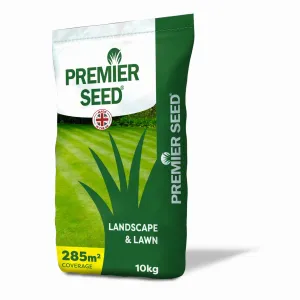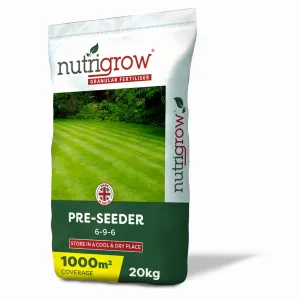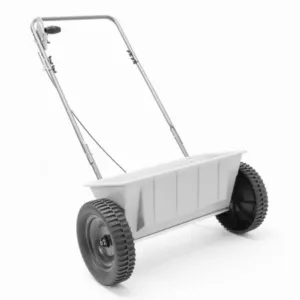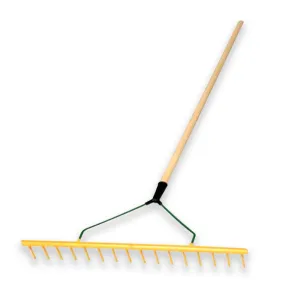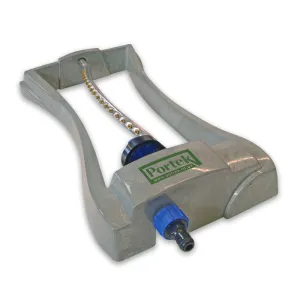When Is The Best Time To Sow Grass Seed or Overseed?
The correct time for any lawn renovation such as seeding is March or April and September or October. There should be plenty of moisture available in the soil at these times of year. The same good management applies whether you need to just over-seed or fully re-seed. Before starting your lawn renovation there are several basic things to consider:
- Soil temperatures should be warm and no colder than 6 degrees Celsius.
- There is plenty of moisture and the weather is neither too cold nor too hot.
- There needs to be plenty of time for the germination of seeds to take place before the first severe frost or hot, dry summer weather arrives.
Type Of Grass Seed
When considering what seed to use, you need to think about what you need from your lawn in terms of performance and care. Generally, these are the main areas to consider:
- General Purpose Lawn Seed - A mix of hardwearing grasses such as Ryegrass and Fescue would be needed on high traffic areas such as areas that receive a lot of wear and tear from Children and pets.
- Luxury or Fine Lawn - This would require a mix where by there is not much traffic from children or pets. To achieve a fine in appearance lawn, you would need to look at the contents of the Formal Lawn Seed.
- Shady Lawn - These lawns will require a mix specifically for tolerance to shaded areas.
- Drought Tolerant - If your lawn doesn't recieve much water, than look at a drought tolerant mix.
- Slow Grow Lawn Seed - A slower growing mix for less mowing.
How To Over-Seed And Seed Successfully
TOP TIP: Good seed bed preparation is the key to establishing a successful lawn. It pays to give extra attention to clearing weeds and maintaining the surface to a fine cultivation.
- Clear weeds by hand or use a weedkiller that is not residual as it can remain in the soil and will prevent the grass from germinating.
- Dig or rotavate the lawn to a depth of about 20-25cm.
- It is not essential, however by digging in some well-rotted Organic Farm Manure will hold the moisture in the soil.
- After cultivation leave the area for around 7-14 days to settle. This will also ensure any weeds that have been sprayed have chance to die before hand removing them if necessary.
- The area now needs levelling. The best way would be to tread on the area several times in different directions and then rake several times in different directions.
- Rake in a Pre-Seeding Fertiliser at 50g per m².
- Sow the correct amount of seed over the area as recommended on the label.
- Lightly rake over the sown area to cover the majority of seed with soil however take care not to ‘drown’ the seed in soil.
- If dry weather persists for more than 2-3 days, repeat watering as necessary while the seeds start germinating and becoming established.
TOP TIP: Once you have successfully revived your grass, it is important to take the necessary steps to keep up the maintenance over time.
You will need to apply the correct fertiliser for what your grass requires. Using a DIY Soil Analysis Kit can help to reduce buying and applying the wrong fertiliser and spending money unnecessarily. The removal of moss and other debris from the base of the sward will stimulate ryegrass plants to grow, this will help the grass to be better equipped to compete against weeds.




